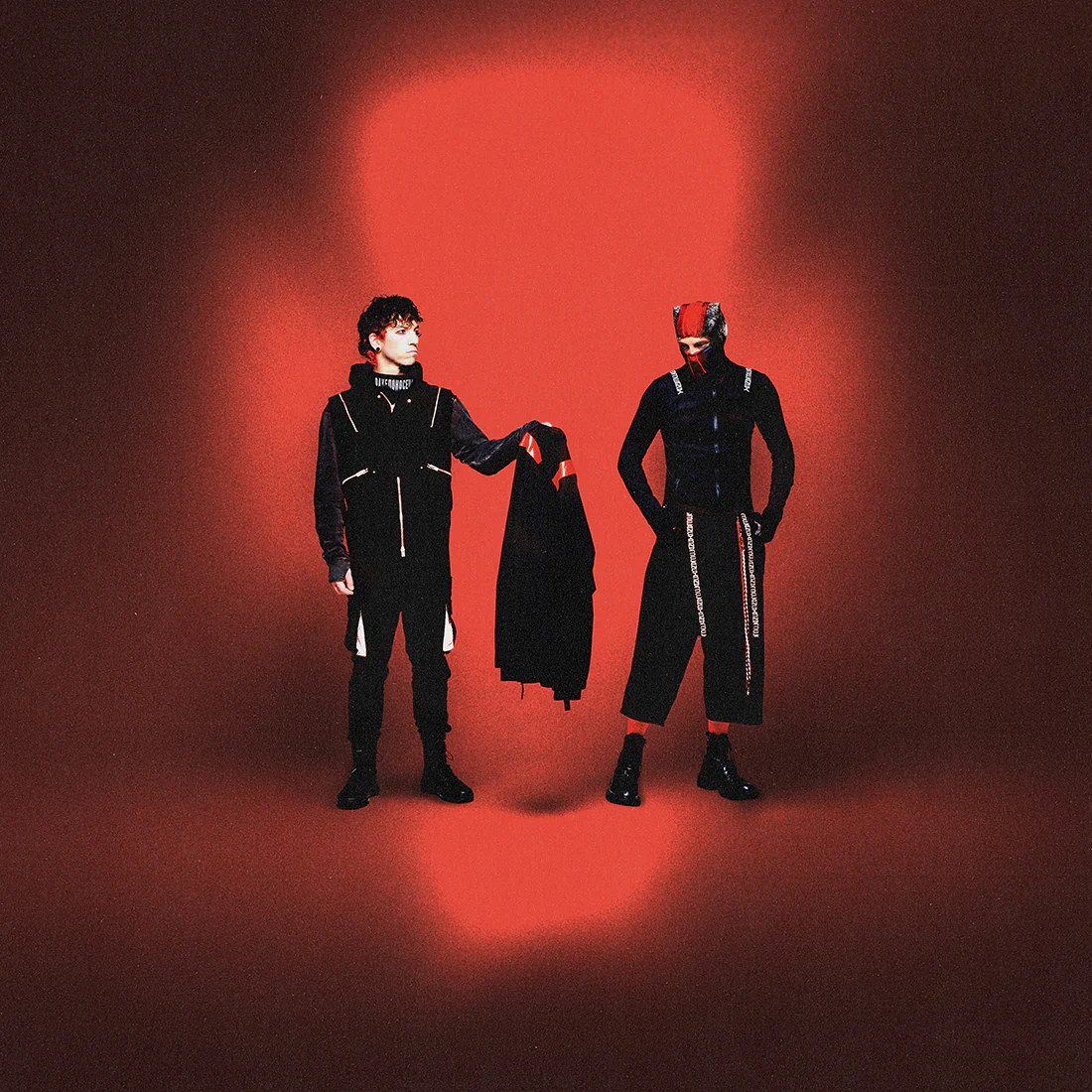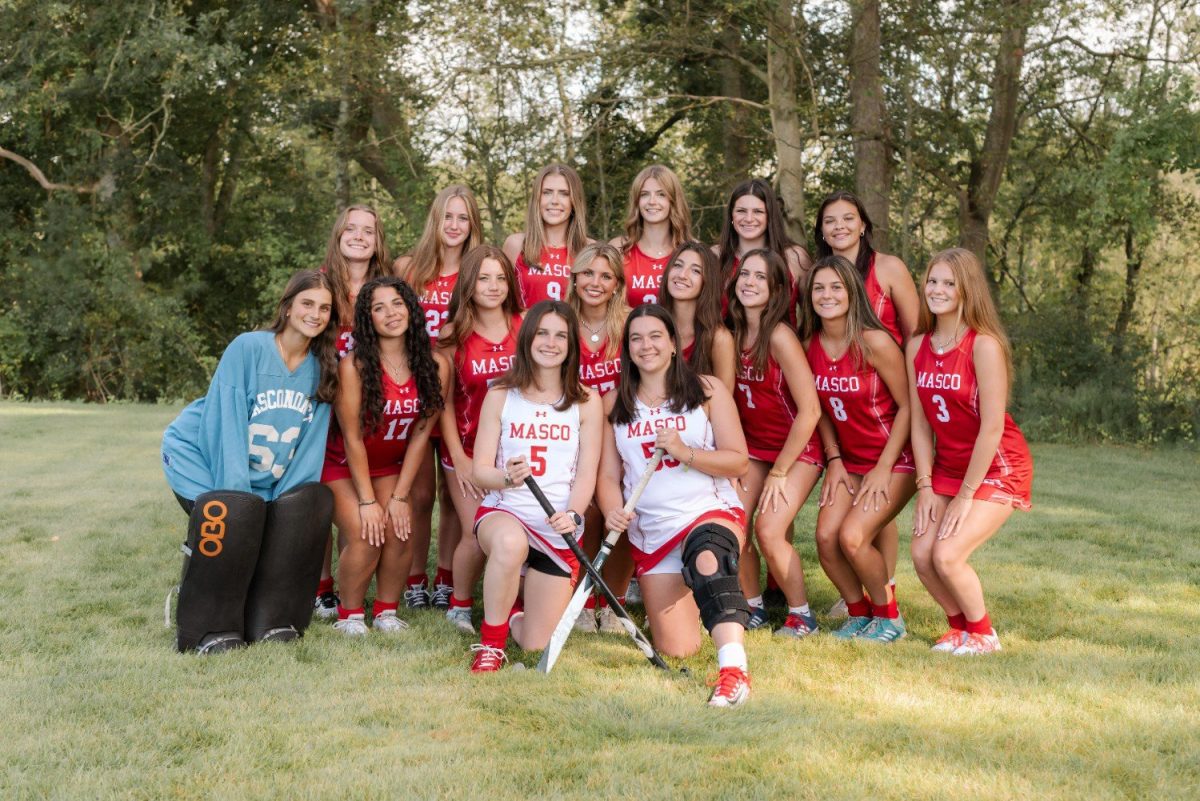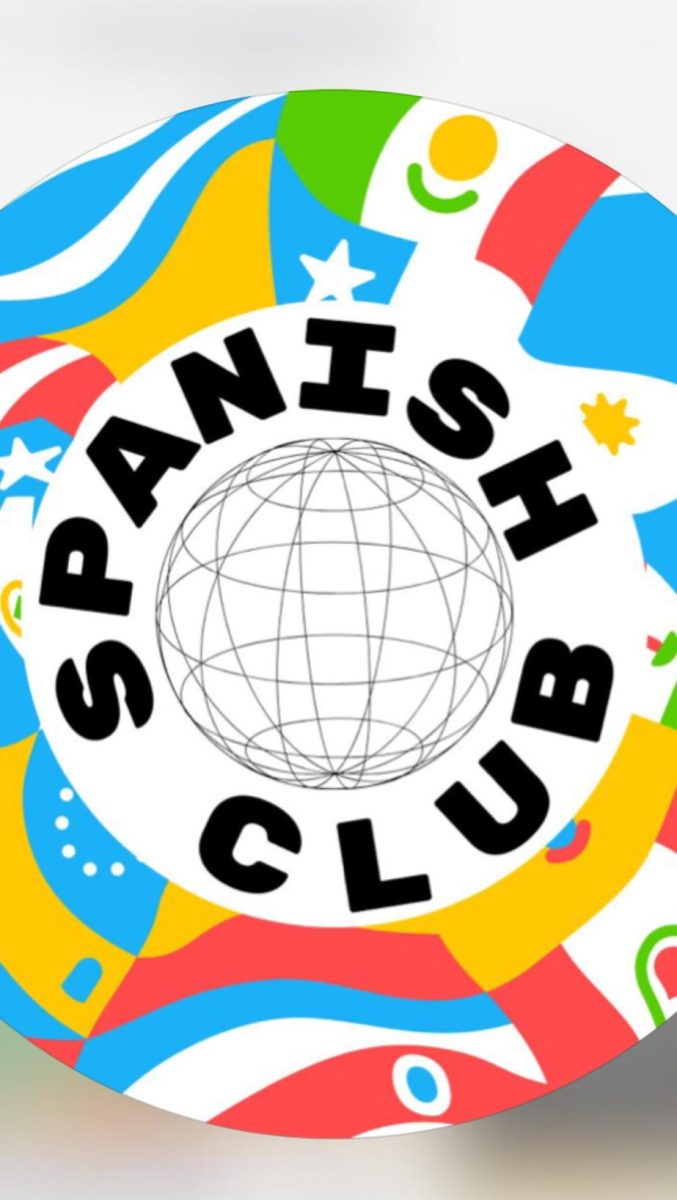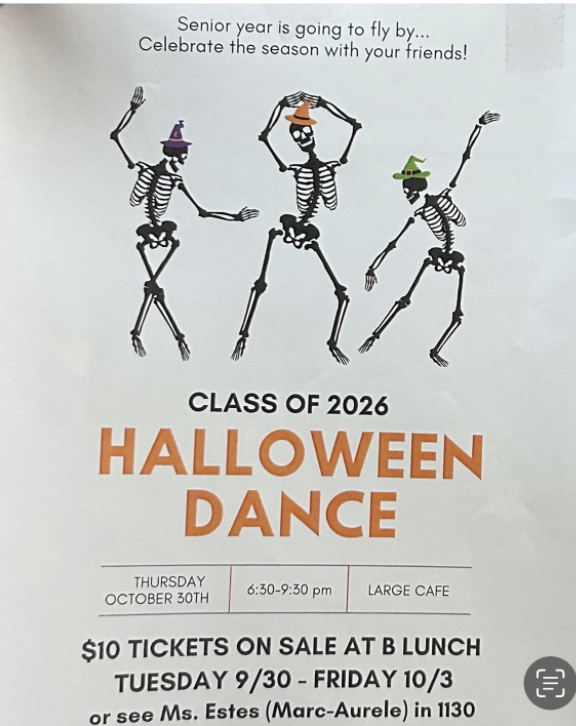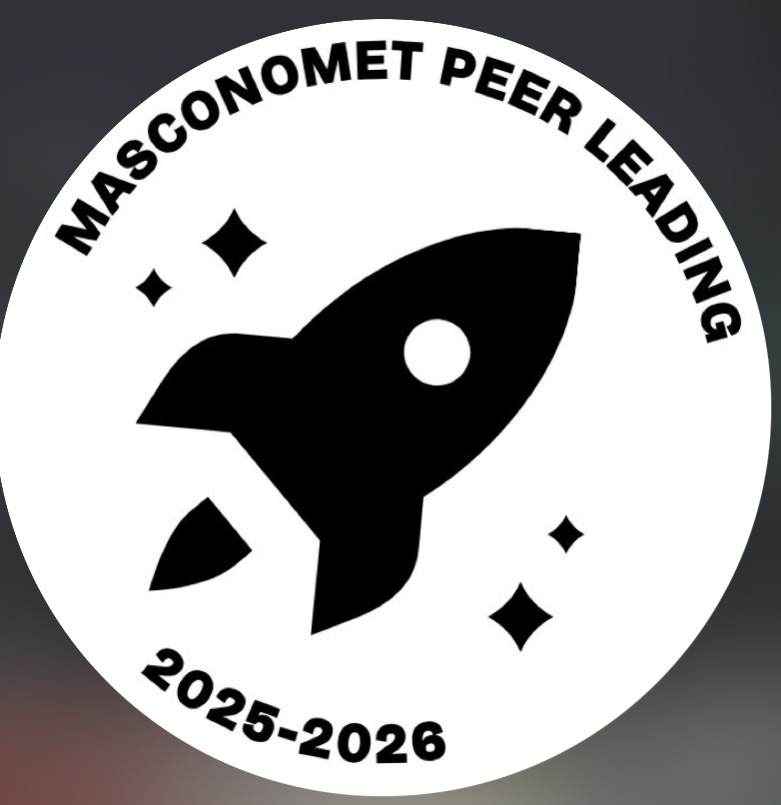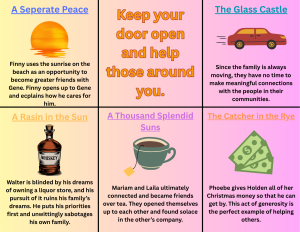
The final English project for the sophomore year is a lighter workload than the previous year, but equally meaningful. Instead of a massive portfolio summarizing work and personality, it is one poster that uses symbolism to explain themes.
The main thesis of the poster is to take a symbol from all the books that the students have read this year and connect them to the central question of the sophomore year: “How does one establish good relationships in a community?” These symbols should not be ones that have been thoroughly covered in class or ones prominently used in the texts.
“ All of our books should teach us something about bettering ourselves as individuals and in a community setting,” said English teacher Michael Kelsen. “And so we really want to wrap it up at the end of the year by answering that question and creating an informational poster that shows how our texts support that question.”
During their final exam block, students will present their project to other students and explain their symbols and sentences. Students very much appreciate the lighter work and creative angle compared to last year, which could be very overwhelming.
“I believe that this project is much easier and simpler than the freshman project,” said sophomore Anders Raines.
While the amount of work may be lighter than its predecessor, the type of work has its challenges.
“ Critical thinking-wise, it is on par, if not a little more challenging,” said Kelsen. “Because in 10th grade, we’re really looking at synthesizing. We’re looking at taking all of these different things, putting it together, and being able to make meaning from them.”
Although it may be challenging, many assignments from earlier in the year have done similar things in a more challenging way, ike writing an entire synthesis essay in class. This project is nothing that the current sophomores haven’t handled before, and it is sure to help students visually depict a complex answer to their English 10 central question.


